Photographs by Tara L.C. Sood
Words by Pooja Lucie WillmanN
Ramathra Fort sits in the farming belt of Eastern Rajasthan, India, located between Jaipur and Agra. In the midst of vast pastures little can be heard save for the sound of cattle and occasional birds chirping. This is a far cry from New Delhi, the country’s capital, where temperatures reached record-breaking levels this year with sweltering highs of 50 degrees. The city powers on as the palpable effects of global warming regularly cause generator faults, fires, and infrastructure collapse.
But set against verdant fields and still lakes surrounding Ramathra, the 17th century fort is the latest collaboration between French Indian photographer Tara L.C. Sood and RKIVE City, a zero-waste research and fashion house based in Delhi and founded by Ritwik Khanna. But though working towards a more sustainable model, it is not immune to the ever-worsening heatwaves. Last June, RKIVE City experienced a small fire in their showroom. Luckily only a small number of garments were burned and those that survived were repurposed for a future collection and designated as natural patina, a term used to describe the beauty of wear and age.
The objective of the collaboration between Sood and RKIVE City was clear from the get-go: to capture the essence of the region and authentically portray the values of the collaborators. The images feature street-cast locals, including Hetram Sain, Pyar Singh, and Brahm Singh, as models to authentically capture the spirit of the region and align with the fort’s conservation ethos, championed by its long-time steward, Udit Singh. Through sustainable practices, Singh’s efforts to preserve the 150-acre community land of Ramathra Fort have fostered a harmonious coexistence between humans and wildlife. The shoot was a culmination of over a year of exploration and a reflection of RKIVE City’s very personal relationship to the province and its history, an ideal backdrop to showcase its latest forays in elevated design.
After mindfully deconstructing post consumer textile waste and meticulously re-stitching the fabric into new pieces, the brand ensures that no shred of fabric goes unused. The ambition is to become a blueprint for Indigenous craft and creative waste management in India, encouraging brands and industries to tap into textile “waste” streams and use these garments as raw materials instead of allowing them to go to landfill.
Countries in the Global North have long perpetuated waste colonialism in the Global South by dumping millions of tons of waste across continents—and little is done to repurpose the enormous piles of textile waste piling up in urban pockets across the Global South each year. The challenge is twofold: convincing brands and fast fashion companies to change their business models, as well as persuading consumers to actively opt for used clothes. “The best thing you can do for the environment is to wear the clothes that you already own,” says Khanna. The second best is to repair and upcycle—and that’s exactly what RKIVE City does best.
While RKIVE City addresses an urgent social issue, the campaign itself serves as a time capsule of the past. Uncluttered and vast, it showcases an earnest love of nature and exudes a romantic sense of history and storytelling. Yet, beneath the nostalgia lies a sense of hope—one grounded in the possibility of a more sustainable, just future.
Special Thanks Ritwik Khanna, RKIVE City team, UditChandra Pal, Ramathra Fort Production Mayurdhwaj Singh Rathore
Join our membership community. Support our work, receive a complimentary subscription to Atmos Magazine, and more.
In Rajasthan, a Time Capsule for the Future
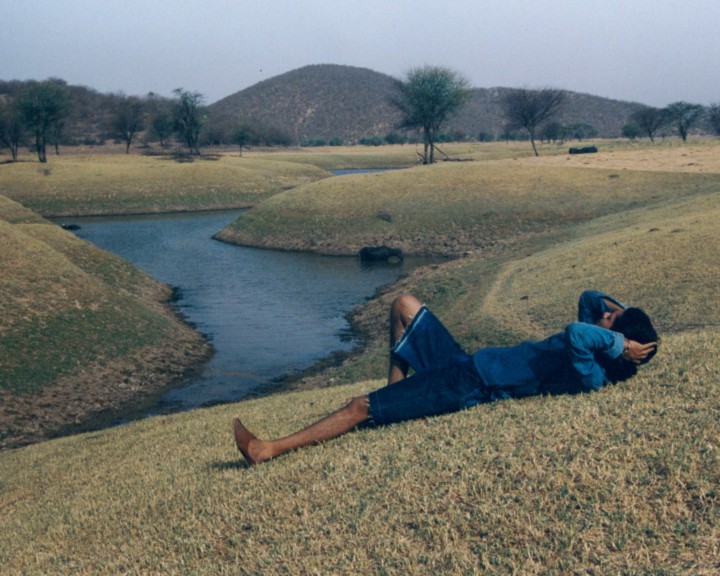
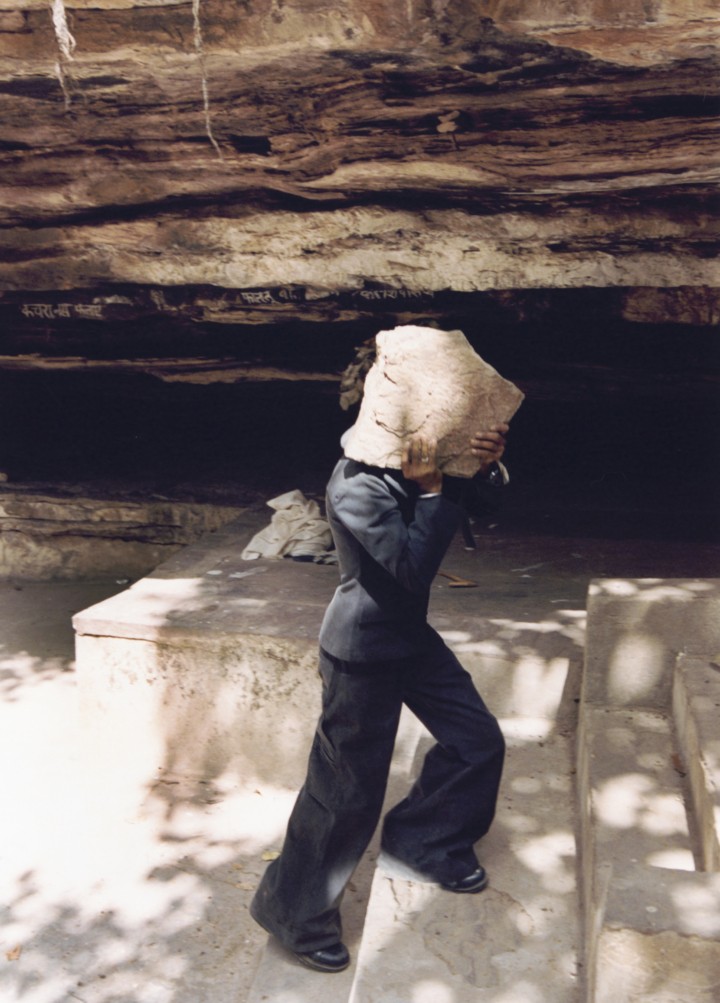
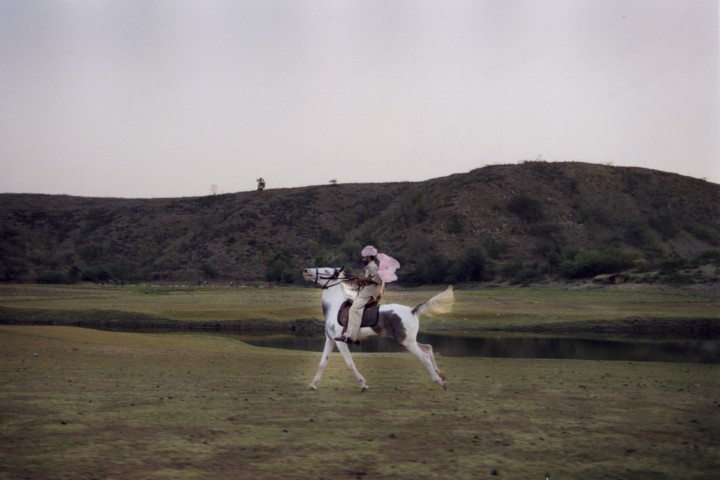
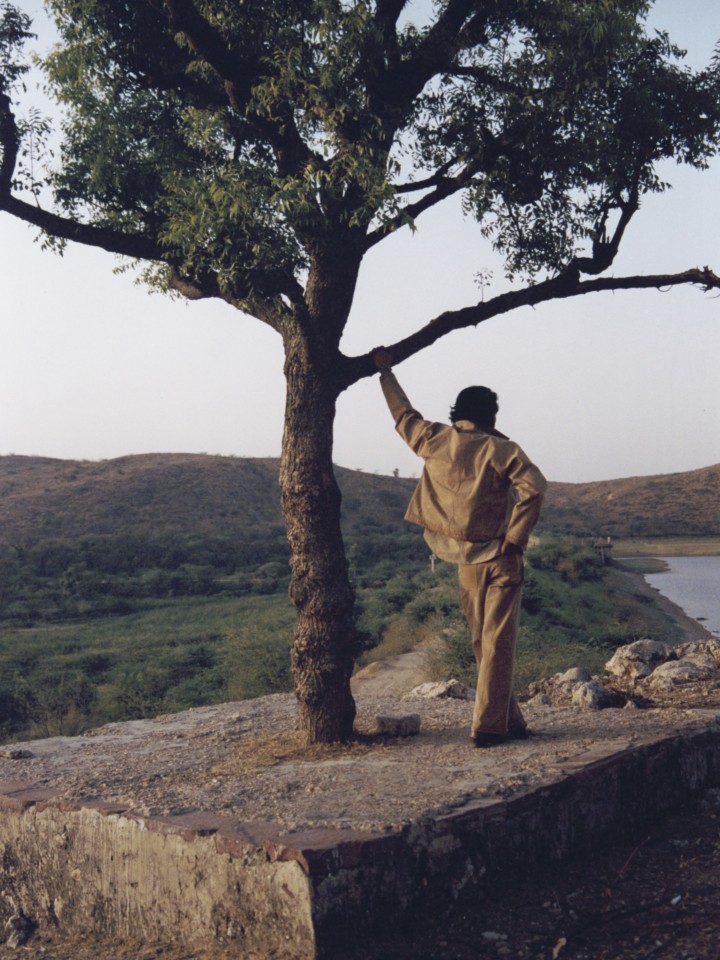
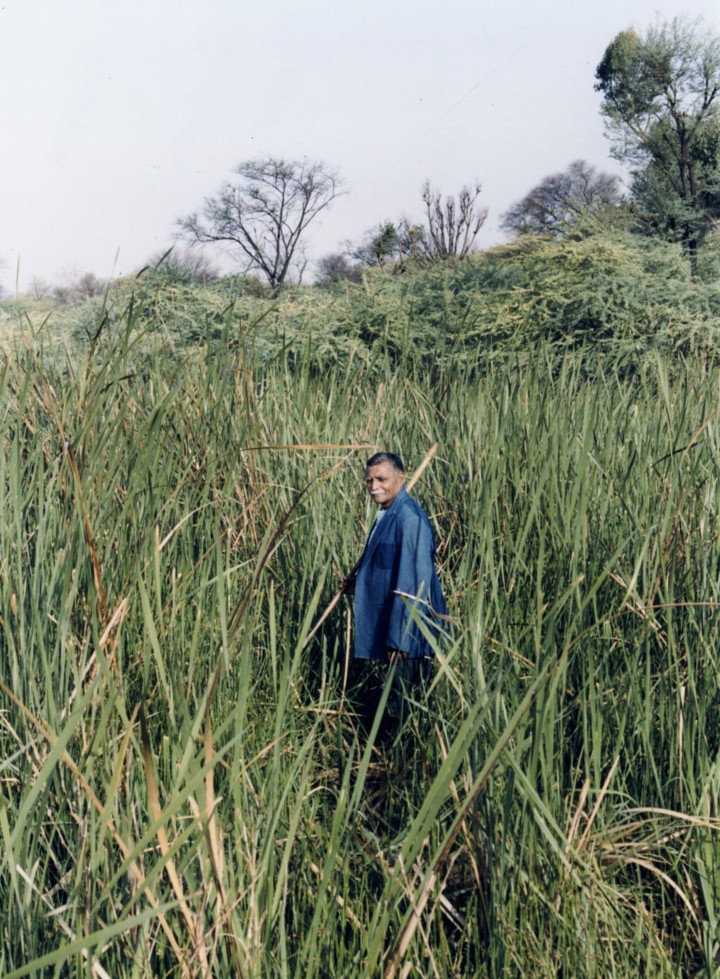
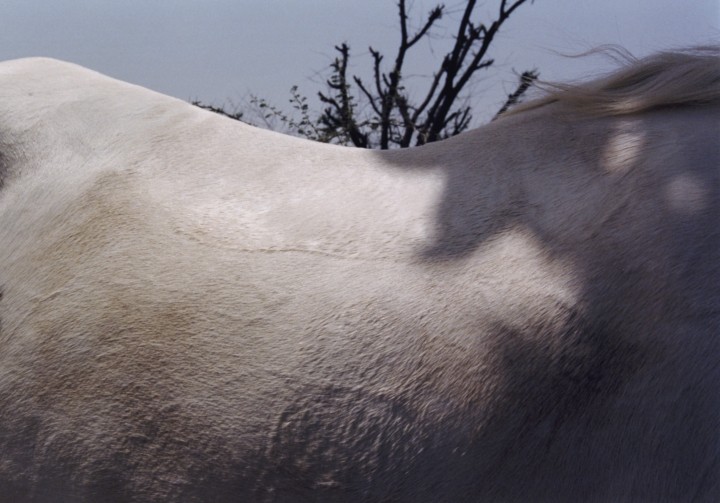
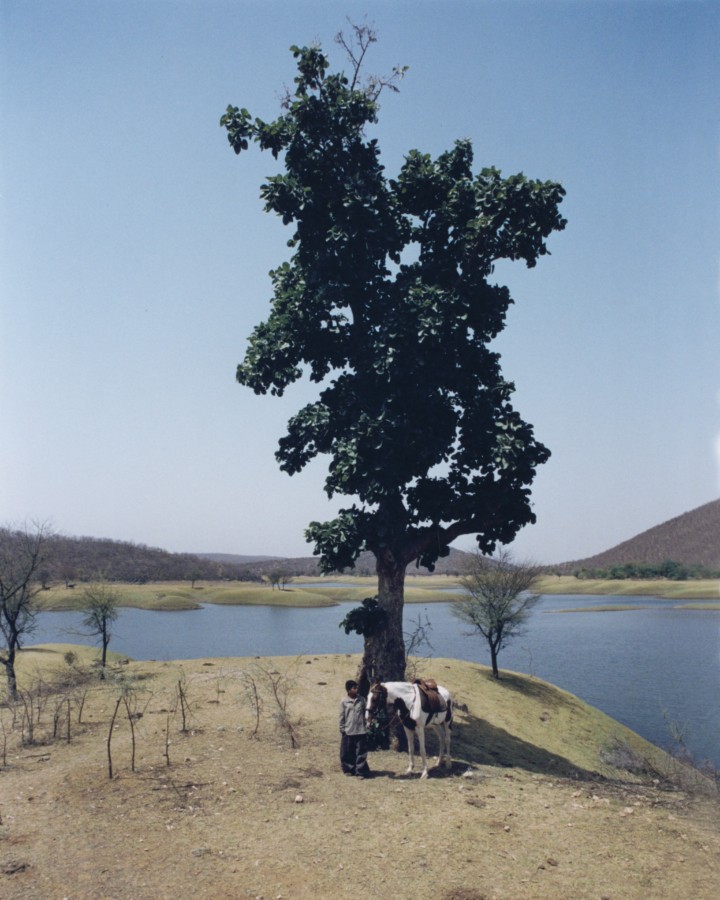
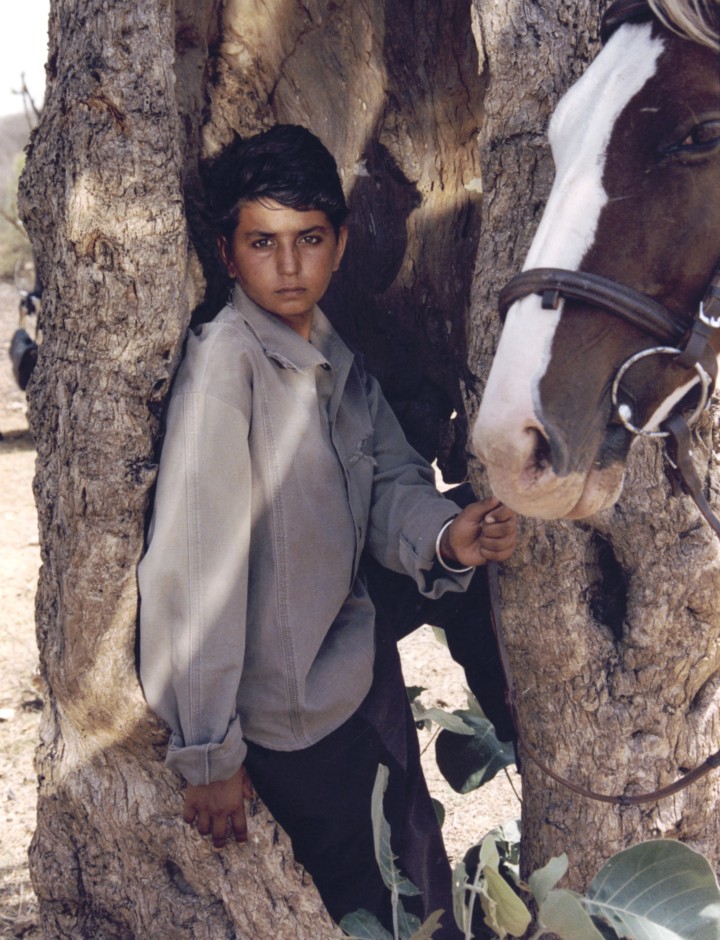
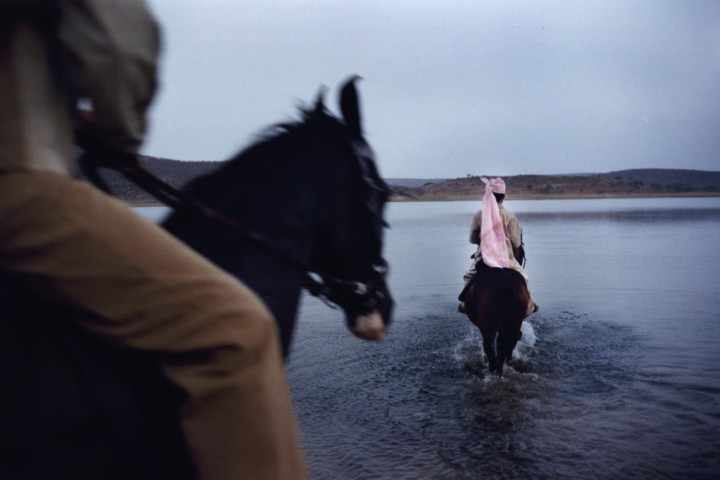
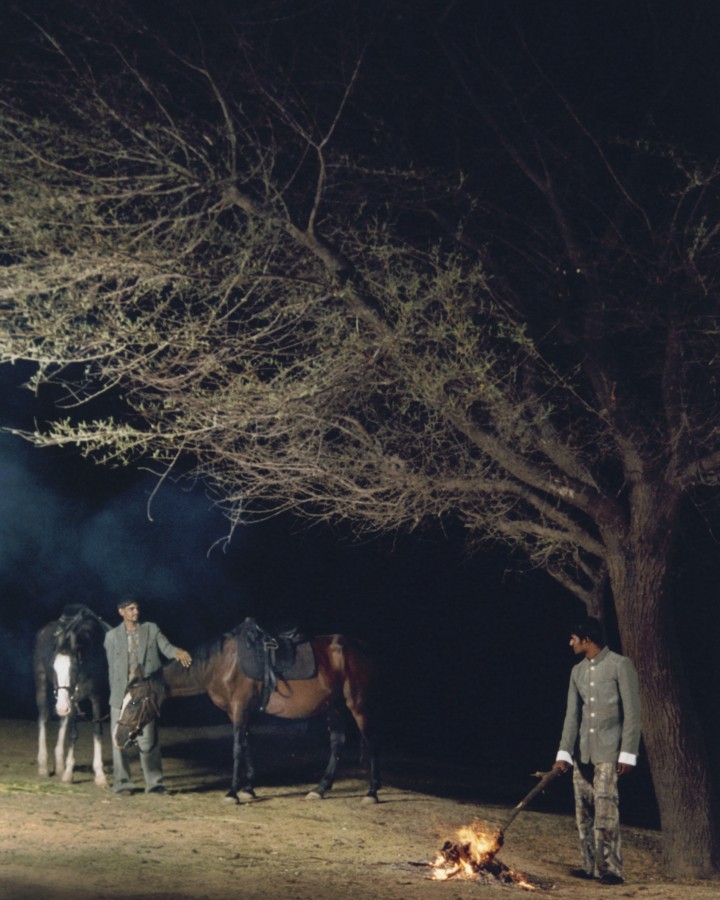
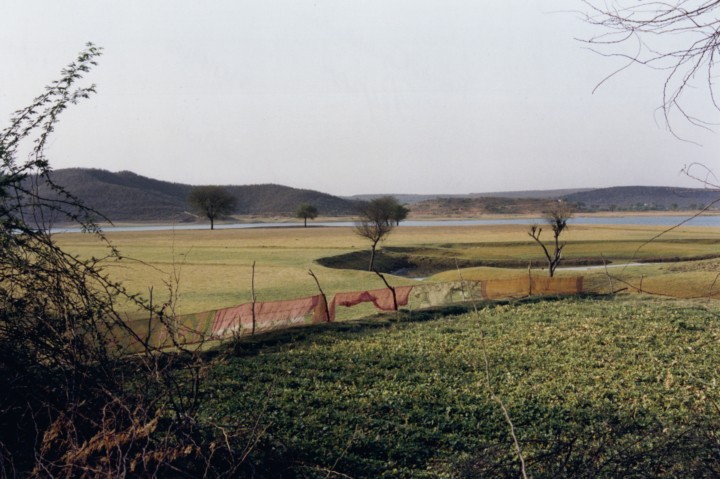
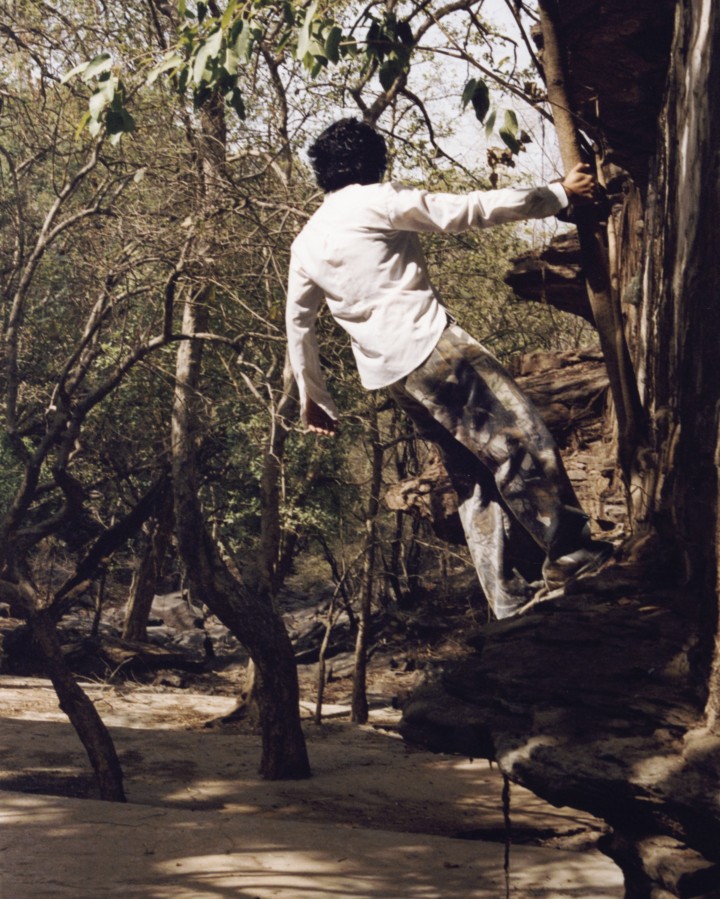
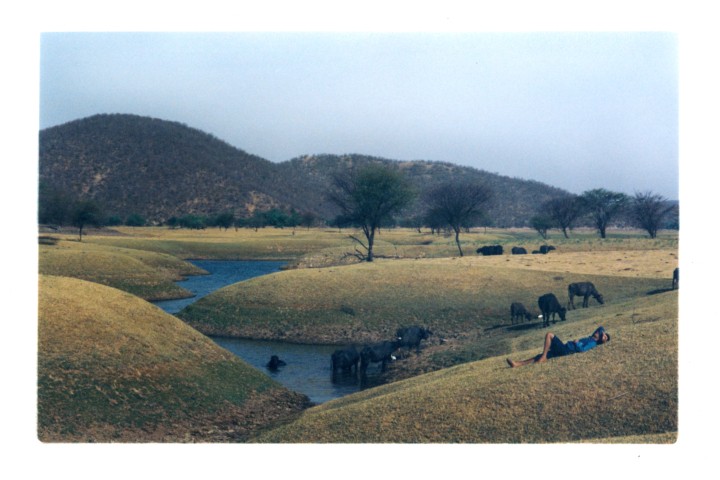
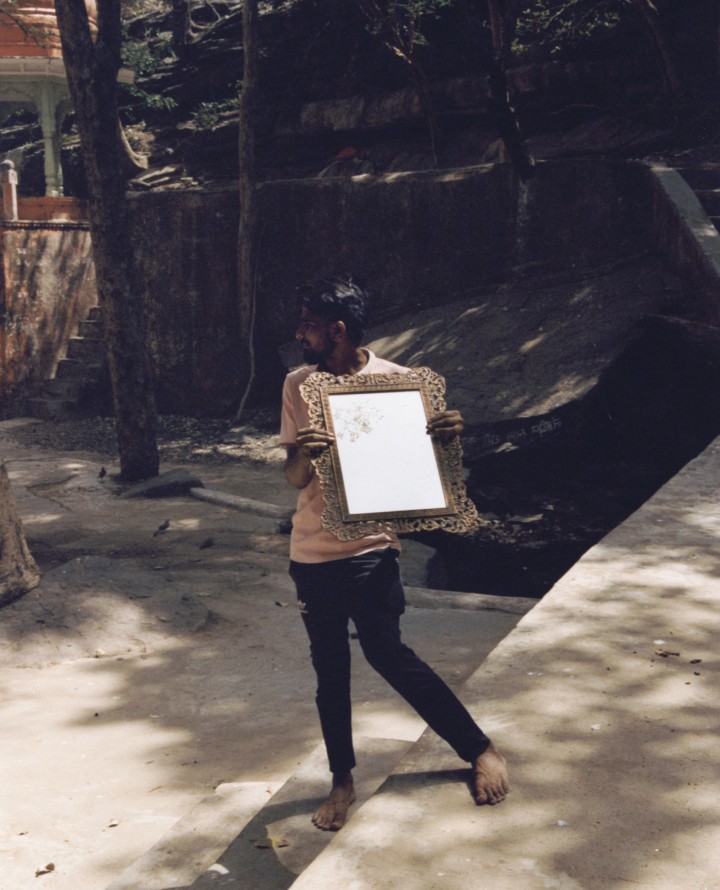
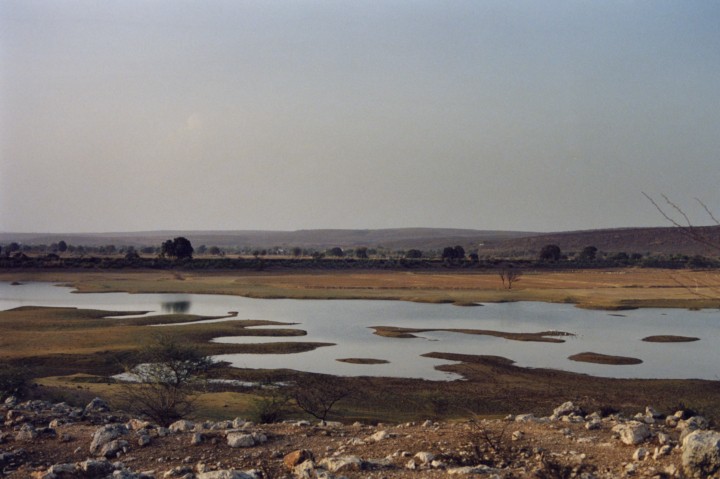
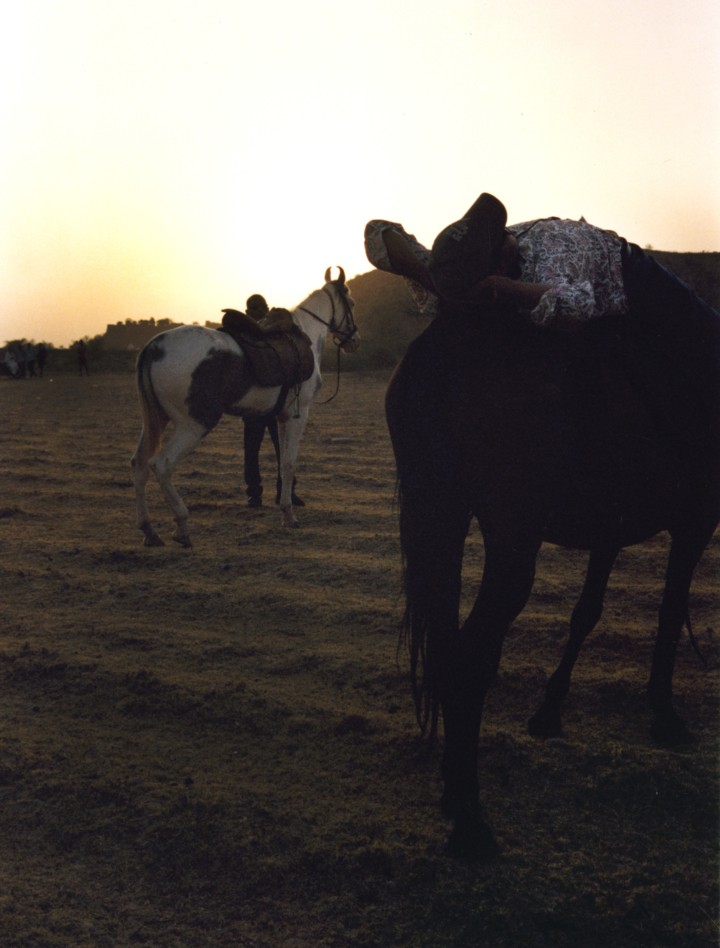
In Rajasthan, a Time Capsule for the Future